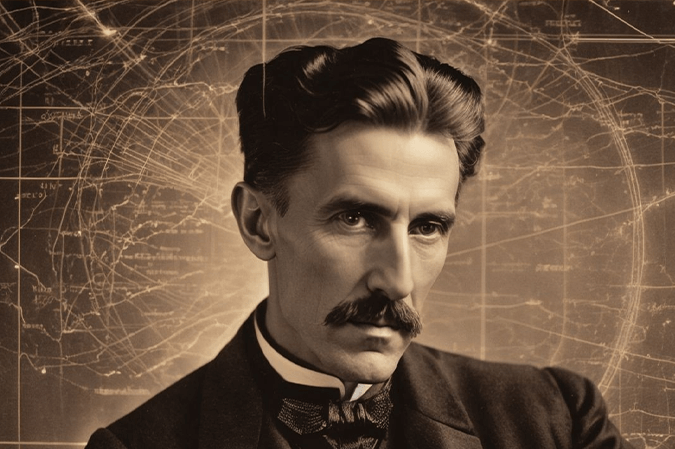The uniqueness of Her Name
Marie Curie, born Maria Sklodowska on November 7, 1867, is a name that symbolizes pioneering spirit, scientific innovation, and the advancement of women in science. She is best known for her groundbreaking work in radioactivity, which laid the foundation for modern physics and medicine. The name “Curie” has become synonymous with excellence in scientific research, particularly in the fields of physics and chemistry. Her legacy as a two-time Nobel laureate reflects her extraordinary contributions to science and humanity.
Other Names Associated with Marie Curie
Marie Curie is often associated with several titles and figures that highlight her significance:
- Madame Curie: A term of endearment that emphasizes her status as a beloved figure in science.
- The Pioneer of Radioactivity: This designation underscores her groundbreaking research that led to the discovery of radioactive elements.
- The First Woman Nobel Laureate: A title acknowledging her historic achievements as the first woman to win a Nobel Prize.
These names illustrate how Curie has been memorialized in various contexts, reinforcing her status as an iconic figure in scientific history.
Cultural Significance
Marie Curie’s work transformed the scientific landscape, particularly through her studies on radioactivity. In collaboration with her husband, Pierre Curie, she discovered the elements polonium and radium, which had profound implications for both science and medicine. Their joint efforts earned them the Nobel Prize in Physics in 1903, making Marie the first woman to receive a Nobel Prize. In 1911, she won a second Nobel Prize, this time in Chemistry, for her continued research into radioactive elements.
During World War I, Curie developed mobile X-ray units known as “Little Curies,” which were used to diagnose injuries on the battlefield. This innovation not only showcased her technical prowess but also highlighted her commitment to humanitarian efforts. Her work during this period significantly improved medical care for wounded soldiers and set a precedent for future medical technologies.
Historical Context
Curie’s journey began in Poland, where she faced numerous obstacles due to gender discrimination in education. Determined to pursue her passion for science, she moved to Paris to study at the Sorbonne. Her groundbreaking research was conducted under challenging conditions, often with limited resources. Despite these hurdles, she persevered and made significant contributions that advanced our understanding of atomic structure.
The early 20th century was a transformative period for women in science, and Curie’s achievements played a crucial role in breaking down barriers. She became the first woman to lecture at the Sorbonne and was instrumental in establishing institutions dedicated to research on radioactivity.
Legacy and Commemoration
Marie Curie’s legacy continues to resonate today. She is celebrated not only for her scientific discoveries but also for her role as a trailblazer for women in STEM fields. Numerous institutions, hospitals, and research centers bear her name, reflecting her enduring impact on science and medicine. The Institut Curie in Paris and the Maria Skłodowska-Curie Memorial Cancer Center in Warsaw are prominent examples of how her legacy is honored.
In 1995, Marie and Pierre Curie were reburied in the Panthéon in Paris, recognizing their contributions to science and society. She remains an inspiration for generations of scientists, particularly women pursuing careers in traditionally male-dominated fields.
Modern Significance of Her Name
Today, Marie Curie’s name signifies more than historical achievement; it embodies ongoing discussions about gender equality, scientific integrity, and humanitarianism. Her legacy is invoked in conversations about women’s roles in science and the importance of diversity within scientific communities.
Cultural organizations honor Marie Curie through events that promote awareness about women’s contributions to science. Her story resonates with those advocating for equal opportunities and representation across all fields of study.
Conclusion
Marie Curie remains an enduring figure whose life encapsulates themes of innovation, perseverance, and social impact. Her unique name reflects a rich legacy intertwined with groundbreaking discoveries that changed the course of science. Exploring her legacy—her name, cultural significance, historical context, and modern relevance—provides insight into how one individual’s actions can inspire generations toward progress and equality.
Curie’s story challenges us to recognize all individuals’ contributions to history while reminding us that the quest for knowledge and justice is ongoing. Her legacy encourages contemporary society to reflect on its values and strive toward inclusivity and empowerment for all citizens.
Sources:
- “Marie Curie – Science History Institute.”
- “Marie Curie – National Geographic Kids.”
- “Marie Curie – Biographical – NobelPrize.org.”
- “The life and legacy of Marie Curie – PMC.”
- “What did Marie Skłodowska Curie ever do for us? | Horizon Magazine.”
- Image Source: assets.cdn.thewebconsole.com



